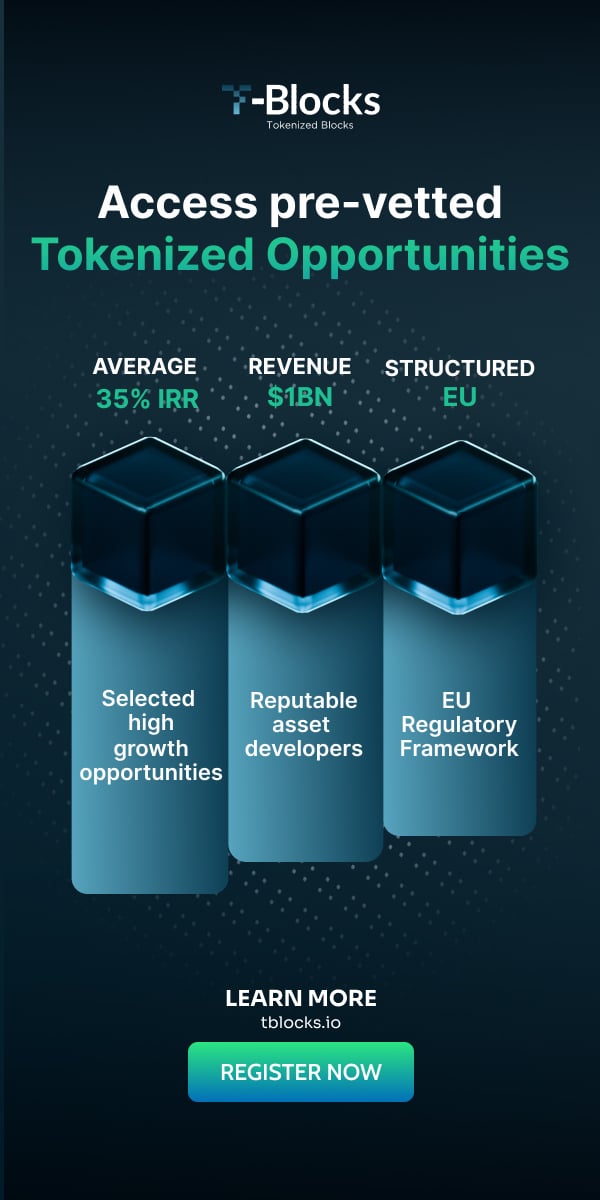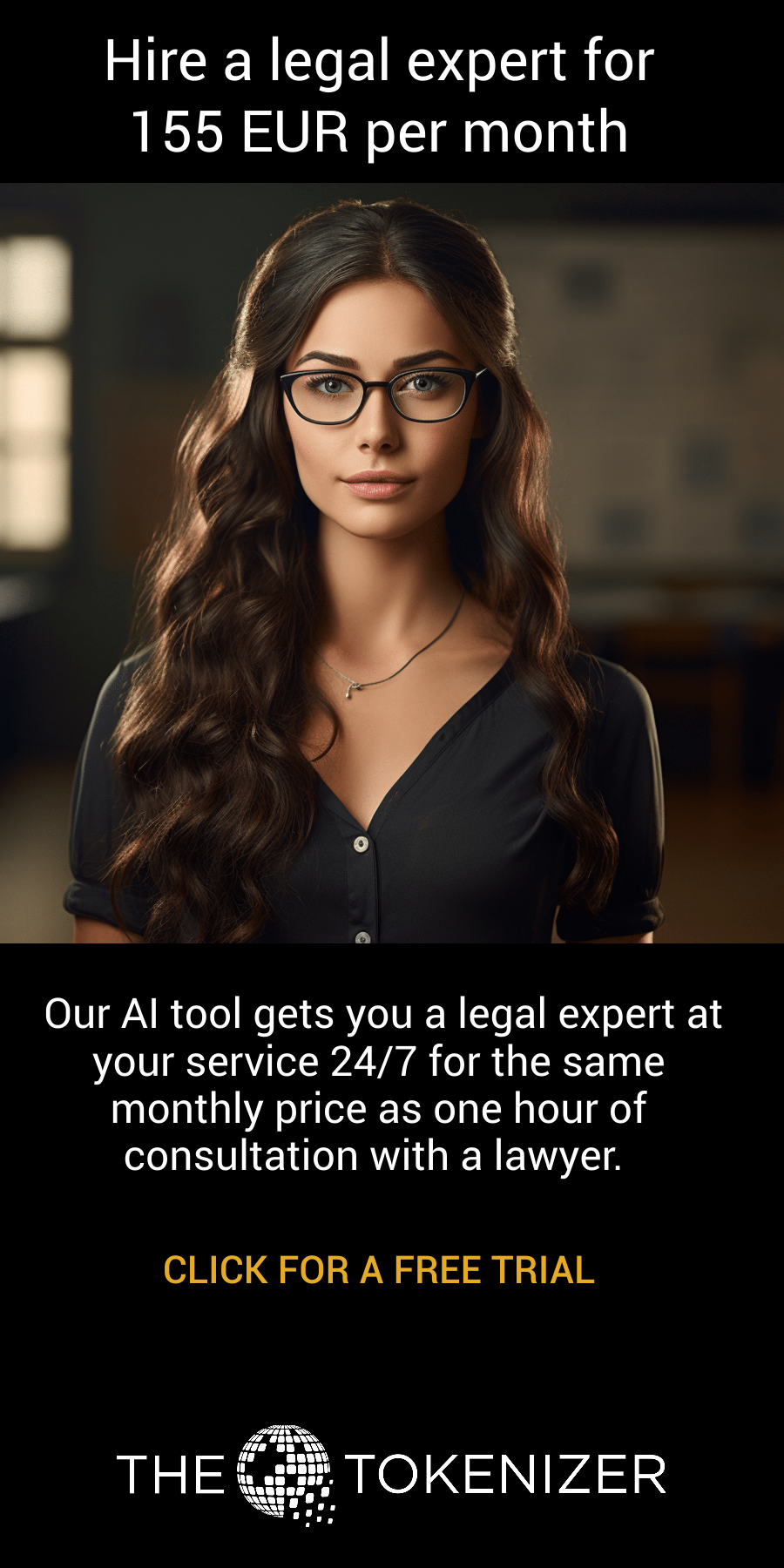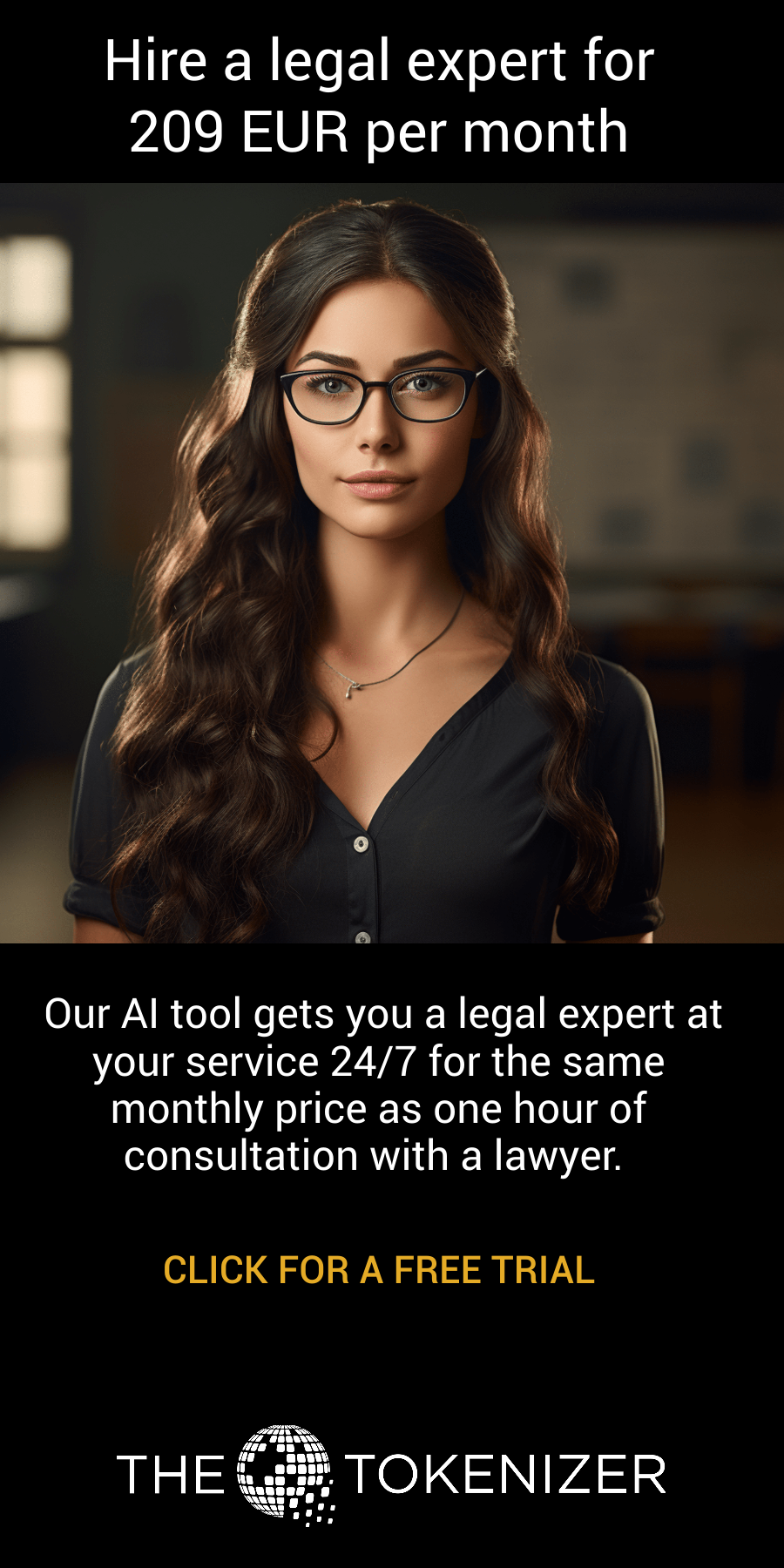Goldman Sachs Expands into Tokenization
As major financial institutions dive deeper into the crypto space, Goldman Sachs is preparing its own significant move. According to an article by Leo Schwartz from Fortune, Goldman Sachs plans to launch three tokenization projects by the end of the year. These initiatives are part of the bank’s strategy to capitalize on the growing interest in digital assets, particularly in the realm of tokenization.
Tokenization Projects and Focus Areas
Goldman Sachs’ tokenization projects will involve major clients and target different sectors, including the U.S. fund sector and European debt markets. As reported by Hope from CoinMarketCap, one of these projects will focus on creating marketplaces for tokenized assets. This initiative aligns with the broader trend of financial institutions exploring the potential of tokenization to enhance capital efficiency and liquidity.
Mathew McDermott, Goldman Sachs’ Global Head of Digital Assets, emphasized that the bank’s approach will involve permissioned blockchain networks rather than fully decentralized blockchains like Ethereum. This decision is driven by regulatory considerations and aims to ensure compliance with stringent standards.
Institutional Focus and Regulatory Considerations
Goldman Sachs is positioning itself differently from competitors like BlackRock and Franklin Templeton, which have also made significant strides in tokenization. While BlackRock’s Ethereum-based tokenized fund, BUIDL, targets retail customers, Goldman Sachs is concentrating on institutional clients. The bank’s focus on permissioned networks is a strategic choice to navigate the regulatory landscape and cater to the needs of its institutional clientele.
McDermott highlighted that Goldman Sachs has been working with permissioned blockchain networks since 2021. The bank has previously collaborated with the European Investment Bank to issue bonds and tokenized a sovereign green bond for the Hong Kong Monetary Authority. These efforts reflect Goldman Sachs’ commitment to leveraging blockchain technology to improve financial operations and expand its digital asset offerings.
Renewed Momentum in Crypto Markets
The renewed momentum in the crypto markets, driven by the launch of Bitcoin ETFs and increasing interest in digital assets, is also influencing Goldman Sachs’ strategy. McDermott described the launch of Bitcoin ETFs as a significant factor contributing to the bank’s decision to expand its crypto offerings. He noted that Goldman Sachs has seen a substantial uptick in interest from clients, prompting the bank to explore new digital asset products and services.
Goldman Sachs has been actively involved in the crypto space from an institutional perspective. The bank has been trading cash-settled crypto derivatives on behalf of clients and playing a key role in the ETF markets. McDermott indicated that the bank’s digital asset initiatives are aimed at creating products that meet the evolving needs of institutional investors.
Future Prospects and Industry Impact
As Goldman Sachs prepares to launch its tokenization projects, the bank is poised to make a significant impact on the digital asset ecosystem. The projects are expected to address key industry gaps, such as capital efficiency and on-demand liquidity. McDermott’s vision includes creating actual marketplaces for tokenized assets, improving transaction speed, and expanding the range of assets that can be used as collateral.
The potential regulatory changes in the U.S., particularly with the upcoming presidential election, could further influence Goldman Sachs’ opportunities in the crypto space. McDermott hinted at the possibility of the bank exploring new areas, such as execution and sub-custody of spot crypto assets, subject to regulatory approval.
Goldman Sachs’ entry into the tokenization arena marks a significant step in the evolution of traditional finance into the digital asset world. As the bank continues to develop its digital asset infrastructure, it aims to provide institutional investors with the tools and platforms needed to navigate the dynamic and rapidly evolving crypto markets.
Image by Jordan Merrick from Unsplash
Read other stories: Partior Completes Blockchain-Based FX Payment versus Payment Settlement PoC





















